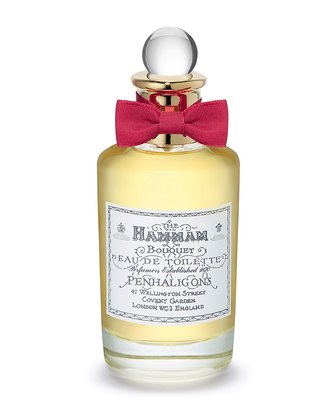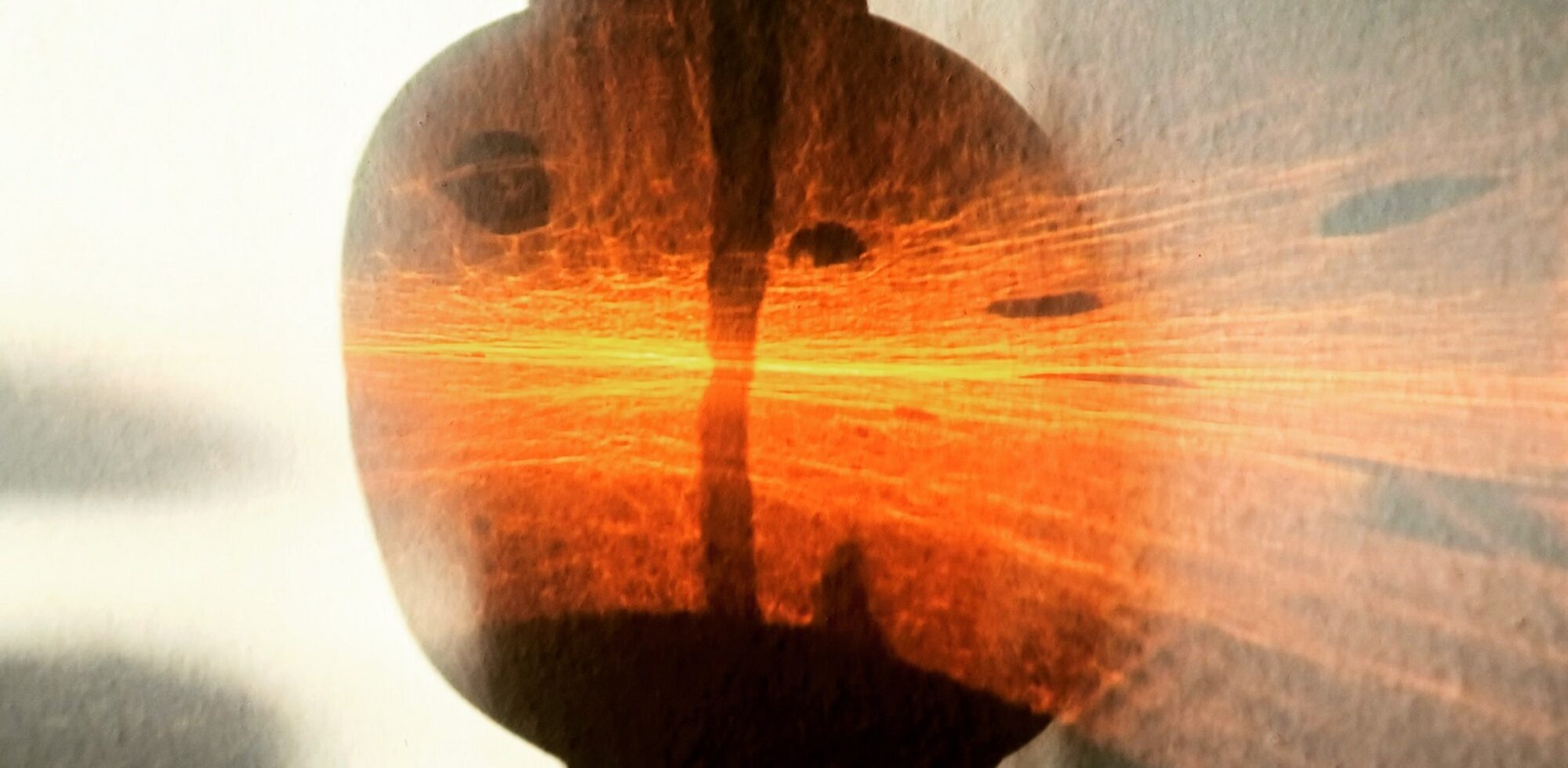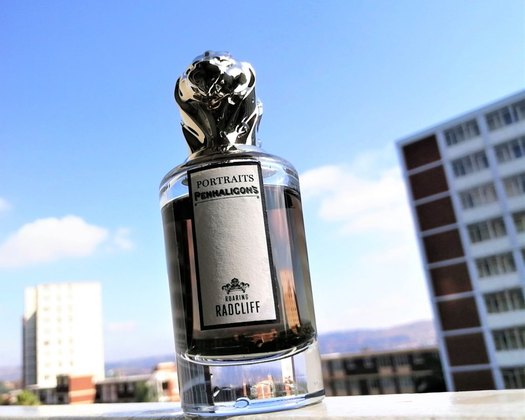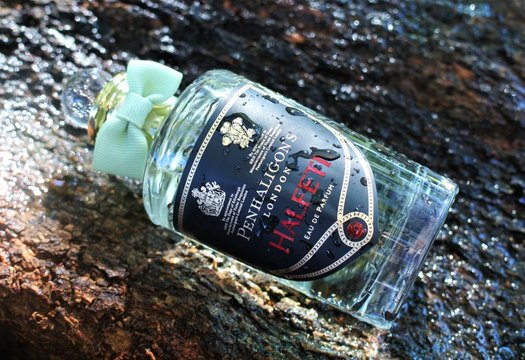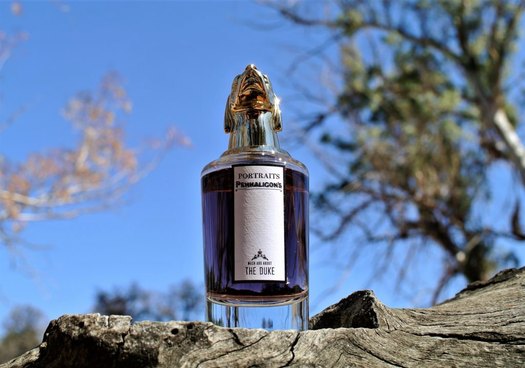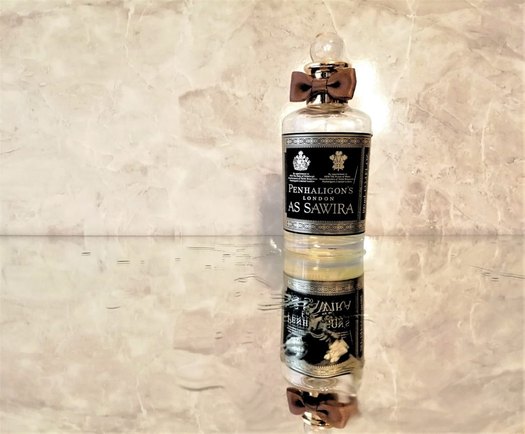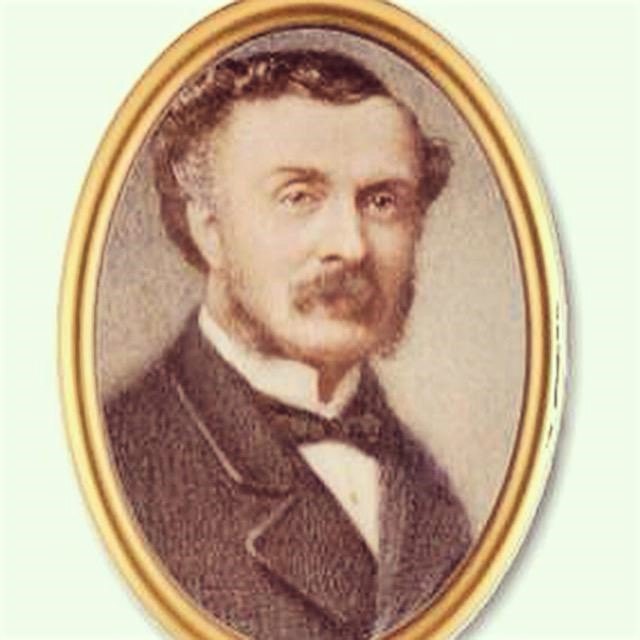I recently celebrated Penhaligon’s 150th anniversary by compiling a list of their 10 best fragrances. With hindsight, I probably should have done a top 20. There are so many standouts from this British heritage brand that was founded by barber William Penhaligon in 1870.

In this post I continue to mark Penhaligon’s 150th anniversary in an interview with Lance Patterson, the company’s CEO (pictured below). He talks to me about their new fragrance launch, the effects of the coronavirus, the importance of heritage and customer preferences.

How is the company celebrating its 150th year in business?
We are highlighting this important milestone throughout the year by telling the stories that make up our rich history on our digital platforms, as well as when we get back into retail.
A key moment was the launch of The Favourite in early March, a stunning floral fragrance with notes of mimosa, violet leaf, bergamot and sandalwood. It was inspired by Sarah Churchill, the Duchess of Marlborough, a very influential woman of her time and best friend of Queen Anne. Sarah was the Keeper of the Privy Purse and the Mistress of the Robes, responsible for the royal wardrobe. She was also instrumental in building Blenheim Palace. It’s one of the most impressive palaces in England and a place of great importance to Penhaligon’s heritage where one of our most iconic scents was born in 1902.

Blenheim Bouquet was created in 1902 by Walter Penhaligon, William’s son, and was a private commission by the ninth Duke of Marlborough who resided at Blenheim Palace. So we are very proud to celebrate the brand’s history with a nod to this chapter and introduce another classic yet thoroughly modern fragrance.

We are also gearing up for an iconic Christmas campaign that will celebrate the brand’s British heritage and its spirit of generosity.
How has the coronavirus pandemic affected the Penhaligon’s 150th anniversary celebrations?
Although we had to cancel our big global event for the 150th anniversary, we adapted quickly to the new environment. We are now focusing on digital campaigns and bringing the brand alive in a number of interactive ways on social media, the website and via email marketing.
People are spending a lot of time online and we found new ways to connect with them via tools like Instagram Live or series of online Q&As, where we delve into the brand and celebrate our fragrances old and new.
Heritage and tradition are very much part of the brand. How is that balanced with more modern trends and tastes?
We love bringing a more contemporary experience to our customer through initiatives such as online Fragrance Profiling, which helps you find your perfect scent and sample it at home. At the heart of our Fragrance Profiling is a rich history of storytelling around our scents. When we share these stories and give our consumers more knowledge and history behind the fragrances, we see a much stronger long-term connection being established.
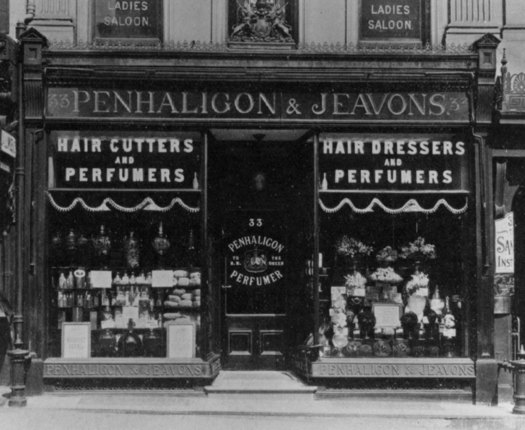
Our loyal consumers love sharing what they learn and become our finest ambassadors. They love the entertaining and quirky side of the brand that we embodied in olfactive fiction in the Portraits collection, which has become a great success story for the brand. The connection people make with the Portraits’ characters shows the strength in storytelling for fragrances.
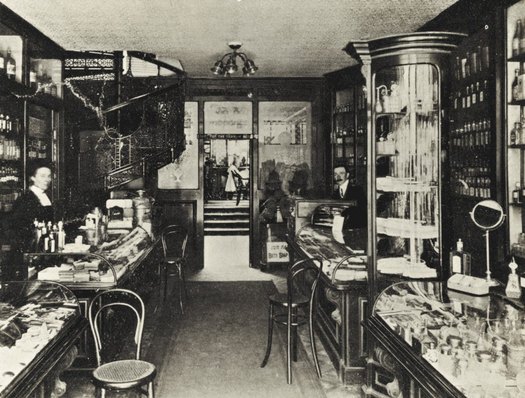
What would fans be surprised to know about Penhaligon’s?
Many don’t know that our founder, William Penhaligon, was from Cornwall originally and moved with his entire family to London to set up shop. He was the original young entrepreneur, had a unique vision and made his dream happen.
“William Penhaligon was the original young entrepreneur, had a unique vision and made his dream happen.”
What’s the best-selling product?
Best-sellers change depending on the season and region. But globally our market can’t get enough of The Tragedy of Lord George, Halfeti and The Coveted Duchess Rose. But there are others that have been our top sellers for more than 100 years such as Blenheim Bouquet.
However, we know that fragrance is a personal choice and want to offer our customers a lot of variety and options, hence having over 50 fragrances in our collection.
Which country is the company’s biggest market?
Our domestic market is very important for us, but the brand is loved in many other parts of the world, with Asia being a rapidly growing region in the past few years.
What do the company’s various markets tell us about their customers’ preferences?
Although there definitely are local nuances when it comes to fragrance preferences, we also notice that customers globally are looking for a very individualistic expression of their personality. They increasingly want more unique scents, especially the younger clientele.
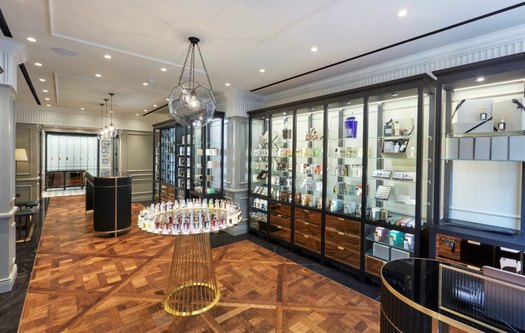
For example, young Arabic customers are choosing less oud-based scents and exploring florals and gourmands. In Asia fresher, lighter scents are favoured, but again a younger demographic often go for more opulent scents like Lord George and Halfeti.
Penhaligon’s justifiably is seen as a niche fragrance success story. But what’s been the company’s costliest mistake? And how was that rectified?
Like all brands, Penhaligon’s has faced challenges when entering different markets in a rapidly changing retail landscape. One of our most important lessons was with our expansion into the US. We took risks in opening too quickly and have had to reassess how best to move forward.
Can you share some interesting Penhaligon’s stats with my readers?
Hammam Bouquet is turning 148 this year. This icon of the brand, created by William Penhaligon himself, makes Chanel No 5, at 99 years old, look like a youngster.
